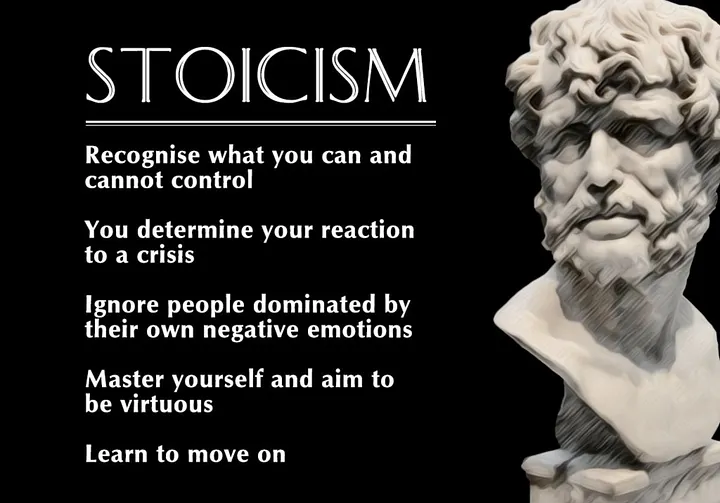Embracing Resilience and Clarity in South Africa
This is a book that I can not wait to sink my teeth into. I’m starting on it as soon as I can find it. Event the title had my mind populated with ideas on the topic. In the world of business, where uncertainty and challenges are ever-present, the ancient philosophy of Stoicism offers invaluable insights and tools for navigating turbulent waters with grace and resilience. South Africa, with its rich cultural tapestry and diverse landscape, provides a fertile ground for the practice of Stoicism, offering a unique backdrop against which to cultivate inner strength and clarity.
At the heart of Stoicism lies the belief in focusing on what is within our control and accepting with equanimity that which is not. In a country like South Africa, where socio-economic and political dynamics often present formidable obstacles, Stoicism provides a powerful framework for maintaining composure and perspective amid adversity.
One notable resource for delving deeper into the intersection of Stoicism and business is the book “Stoicism for Business” by Robert Steven. In this insightful work, Steven explores how the principles of Stoicism can be applied to the modern business landscape, offering practical guidance on overcoming challenges, managing stress, and fostering resilience.
Steven’s book serves as a beacon for business leaders seeking to harness the timeless wisdom of Stoicism to navigate the complexities of the corporate world with wisdom and integrity. By embracing Stoic principles such as focusing on the present moment, practicing self-discipline, and cultivating a mindset of gratitude, readers can cultivate a sense of inner peace and clarity even in the face of adversity.
One particularly compelling aspect of Steven’s book is his emphasis on the importance of ethical leadership and integrity in business. Stoicism teaches us to prioritize virtue and integrity above all else, reminding us that true success lies not in external accolades or material wealth, but in living a life aligned with our values and principles.
In conclusion, Stoicism offers a profound blueprint for success in the world of business, providing a roadmap for navigating challenges with resilience, integrity, and clarity. In South Africa, where the landscape is as diverse as it is dynamic, embracing Stoic principles can be particularly impactful, offering a potent antidote to the turbulence of the external world.

As Elon Musk famously said, “Good CEOs are readers.” I encourage all our readers to delve into the wealth of knowledge available through books like “Stoicism for Business” and explore the transformative power of Stoicism in their own lives and careers. In doing so, we can cultivate the resilience, clarity, and wisdom needed to thrive in an ever-changing business landscape.



